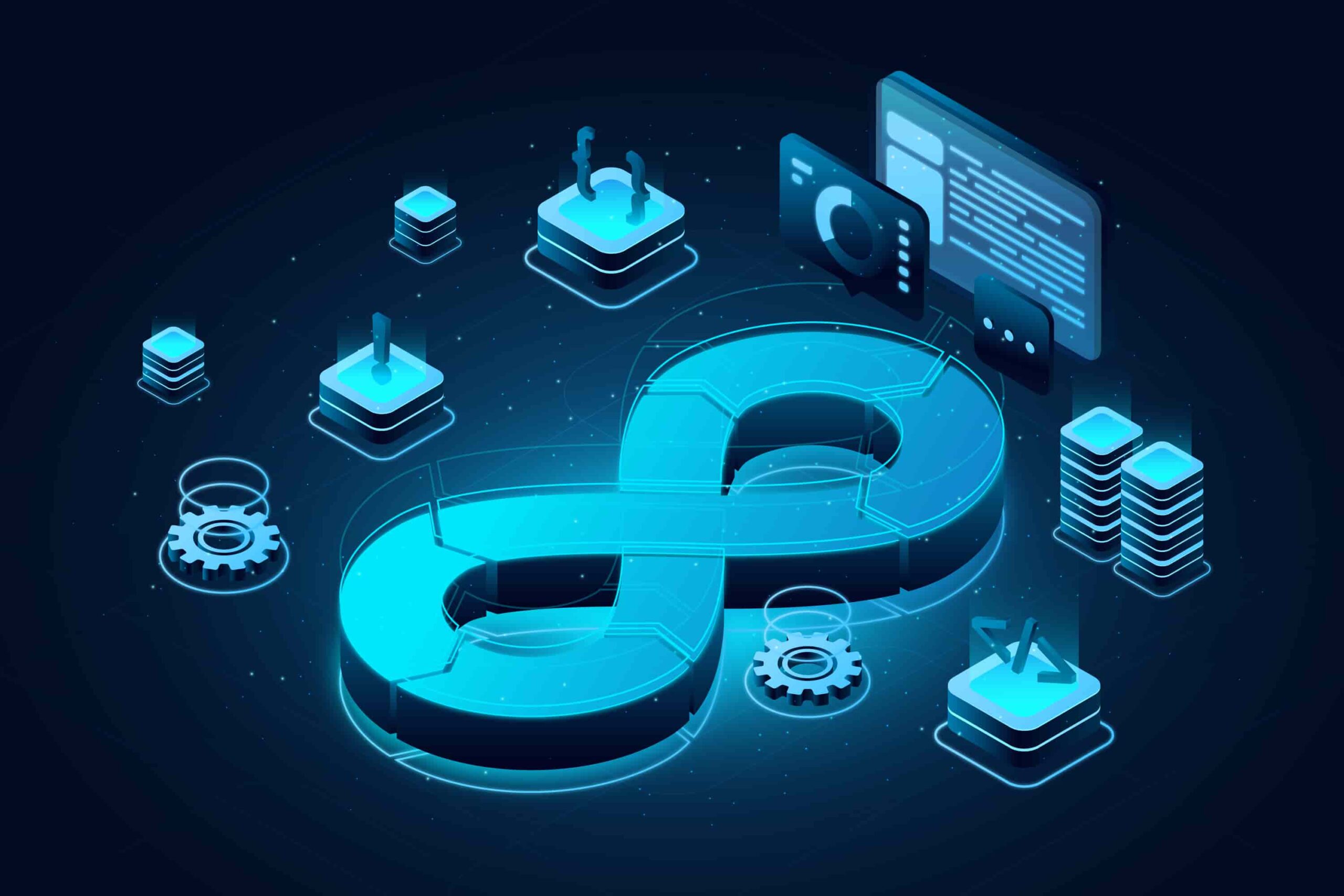Edge Security Orchestration and Automation: A Growing Necessity
As edge computing becomes more prevalent, the need for robust security orchestration and automation is growing rapidly. The distributed nature of edge environments poses unique challenges that traditional security models cannot address effectively. Security orchestration and automation tools provide centralized management, streamline processes, and enable rapid responses to threats, making them essential for securing edge deployments.
Addressing Distributed Edge Security Challenges
Edge computing involves geographically dispersed devices, making centralized security management difficult. Orchestration platforms designed for edge environments enable automated configuration and monitoring across distributed assets. This ensures consistent enforcement of security policies while improving visibility and control over edge devices.
The Importance of Real-Time Analytics
In addition to orchestration and automation, real-time analytics play a critical role in enhancing edge security. By leveraging AI-driven insights, organizations can proactively identify vulnerabilities and respond to threats as they occur. This capability not only strengthens the overall security posture but also empowers organizations to make informed decisions about their edge deployments.
Benefits of Edge Security Orchestration and Automation
- Enhanced Scalability and Manageability: Automation helps secure the increasing number of edge devices and applications efficiently.
- Improved Real-Time Threat Response: Automated responses minimize the impact of incidents in time-sensitive edge applications.
- Reduced Operational Overhead: Orchestration reduces manual security management across distributed deployments.
- Consistent Security Policy Enforcement: Centralized platforms ensure uniform application of security policies across all edge devices.
- Better Integration with Hybrid and Multi-Cloud Environments: Unified orchestration provides a holistic view and control over security across the entire IT infrastructure.

